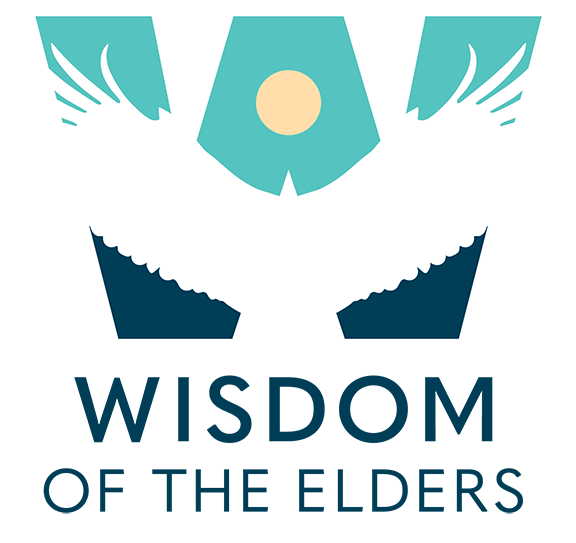The Lemhi Shoshone
with Arlie Neskahi
[audio:https://www.wisdomoftheelders.org/prog301/mp3/301_hi.mp3]
Arlie Neskahi:
Welcome to Wisdom of the Elders. I’m Arlie Neskahi.
It was mid-August. Summer clouds tore at the peaks of the Beaverhead Mountains. The Lemhi were spread out in the pass below, gathering roots, hunting and fishing. They were preparing for their annual buffalo-hunt on the plains. A lone warrior caused a minor commotion when he returned to camp claiming he had seen four men as pale as ashes walking up the pass. No one believed him. They had never seen a white man.
It was August 11, 1805. An advance party of the Lewis and Clark Expedition, led by Meriwether Lewis, was at the headwaters of the Missouri River searching for the Shoshone people. Lewis had known from the start that the success of their journey depended on the availability of horses and Native guides to take them across the Rocky Mountains. Failure to locate the Shoshone or some other tribe with horses meant they would have to endure another winter east of the Rockies. It could mean the end of their mission. Then he spotted the Lemhi warrior, on, what Lewis called his “eligant” horse.
The Lemhi are a branch of the Shoshone people who once ranged across the dry northern basin of California and Idaho, over the Rocky Mountains and into the plains of Montana and Wyoming. Lemhi culture revolved around the abundant life cycles of the Rocky Mountain rivers and valleys, differing from their Shoshone cousins to the south, who practiced a typical great basin – or desert – way of life. Lemhi tribal member Rod Ariwite:

Shoshone Women with large baskets for carrying gear and collecting wild foods, flat baskets for preparing seeds and nuts. In the Great Basin Desert circa 1868. Courtesy of National Park Service. /www.nps.gov (click for larger image)
Rod Ariwite:
We had different clans of Shoshone speakers which make up the Lemhi people. We had those that were known as the salmon eater A’gaidika. You had Tu’tudika who ate the rocky mountain sheep which stays close to the middle fork of the Salmon River. And Ku’tsundika, which was the buffalo hunters from the Chehalis area.
Arlie Neskahi:
Today, the Agaidika Lemhi have been forced from their homeland, but in the summer of 1805, they were still located in the Salmon River country of east central Idaho.
Music:
Robert tree cody
Moonlight dance
Dreams from the grandfather
Canyon records
Rod Ariwite:
And our oral history relates that we come from sky, the mountains. And the Salmon River country is surrounded by mountains all the way around. You’ve got the bitterroot mountain range to the east. The Lemhi and Salmon River mountain range to the north and to the west as well, the land we basically occupied for many, many years.
Arlie Neskahi:
While Lewis’s advance team searched the pass, William Clark and the rest of the expedition struggled up the shallow Jefferson River. With them, the young mother known as Sacajawea identified familiar landmarks. Kidnapped as a child, Sacajawea had been torn away from her people, so finding the Shoshone meant more than the purchase of horses — it meant returning to the land of her birth, for Sacajawea was a Lemhi.

Shoshone lodge, 1905, Denver pub–BS-129. http://www.tipis-tepees-teepees.com/historic_interiors_of_tipis.htm (click for larger image)
In the journals of Lewis and Clark, William Clark states the astounding fact that Sacajawea was the sister of Cameawhait, the leader of the Lemhi band who became instrumental in arranging for horses and guides for the explorer’s journey over the Rockies. So, Lewis and Clark owe their success in part to a stroke of luck and the generosity of the Lemhi. Rod Ariwite:
Rod Ariwite:
And so I guess that’s kind of a hoping during the bicentennial we can bring that out to America to understand, you know. And where is our people? What has happened to our people? We’re still here. We’re, we’re growing. But unfortunately, we’re growing and developing outside our homelands. What I’m saying here is our attachment to our homeland is, is who we are.
Arlie Neskahi:
I’m Arlie Neskahi, and this is Wisdom of the Elders.

